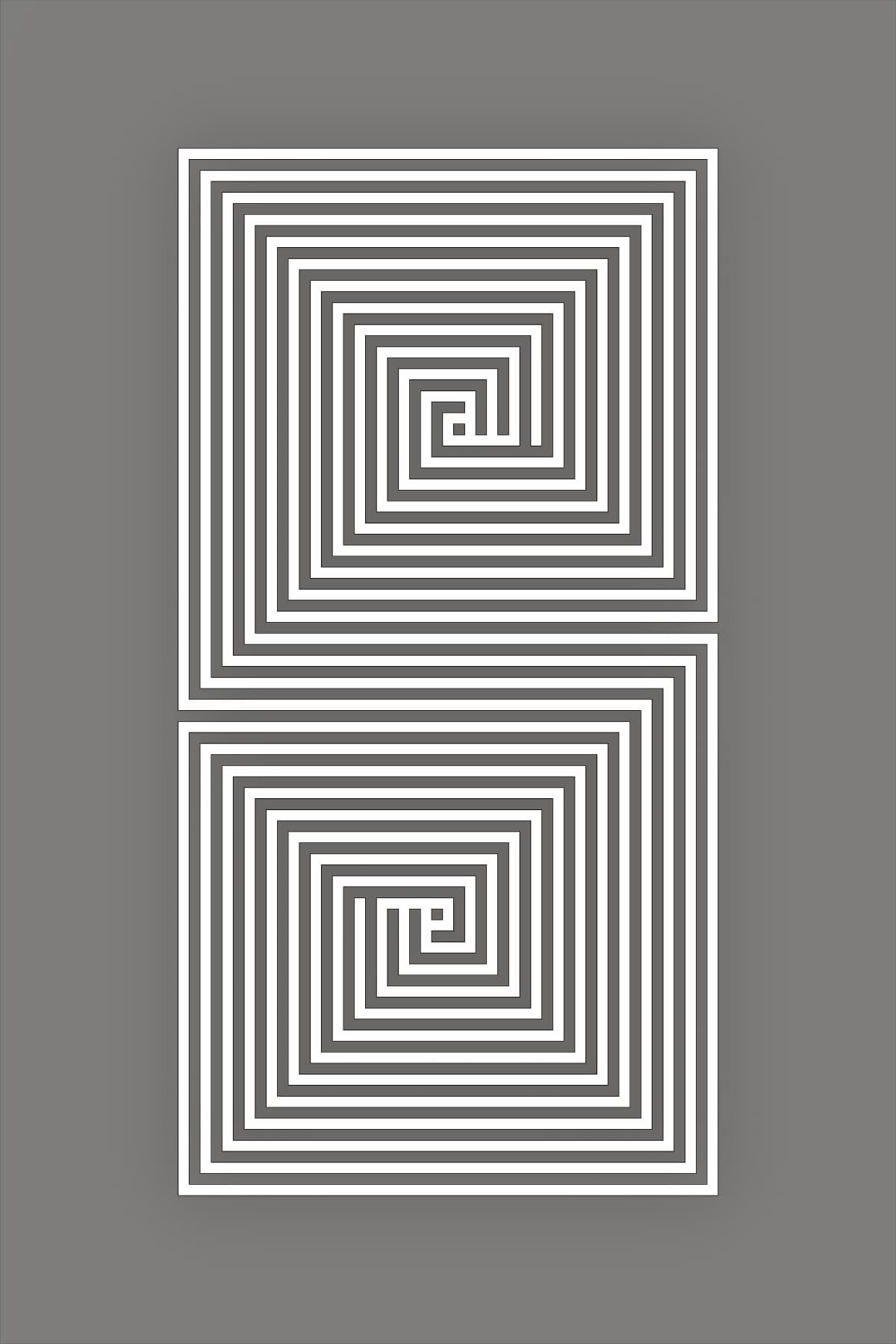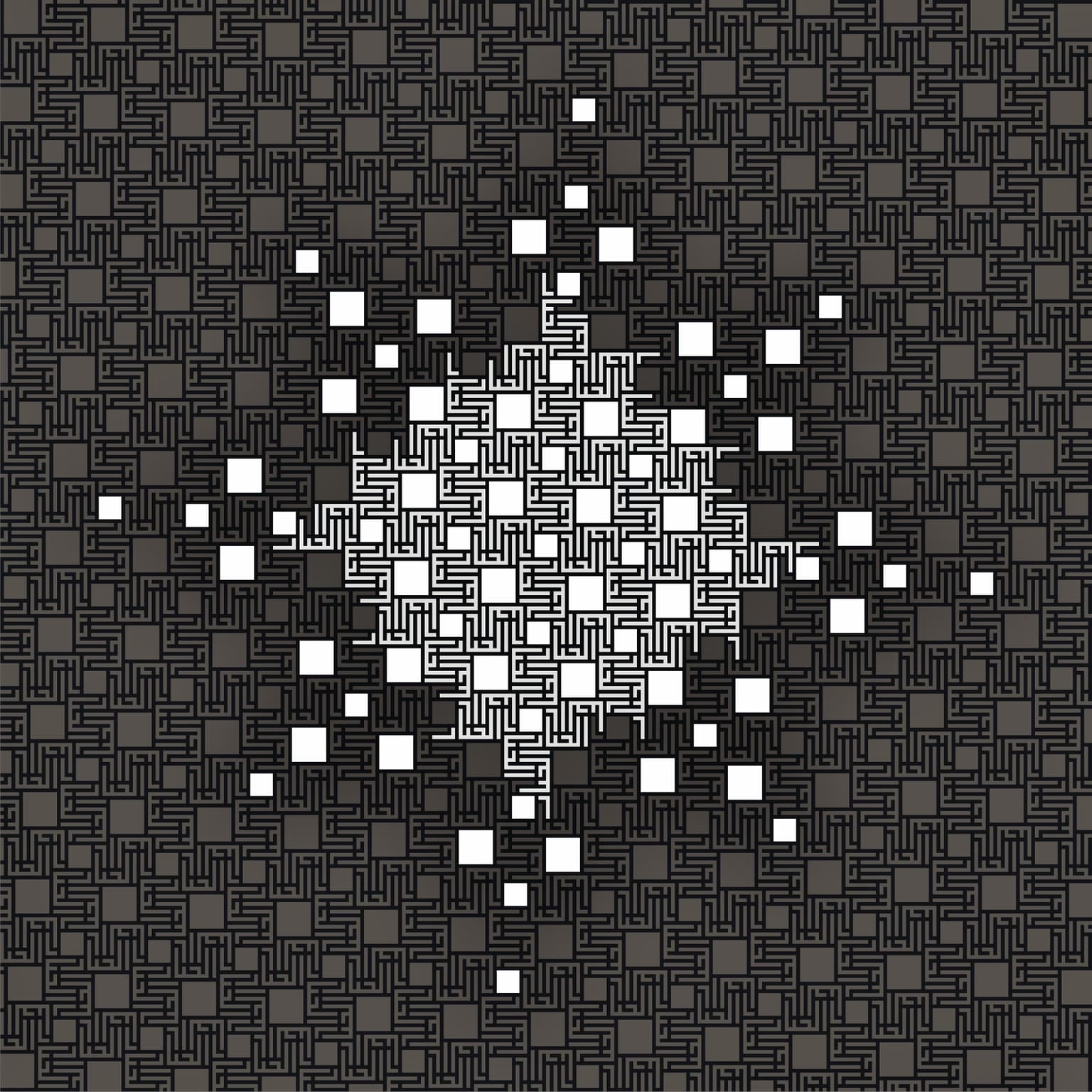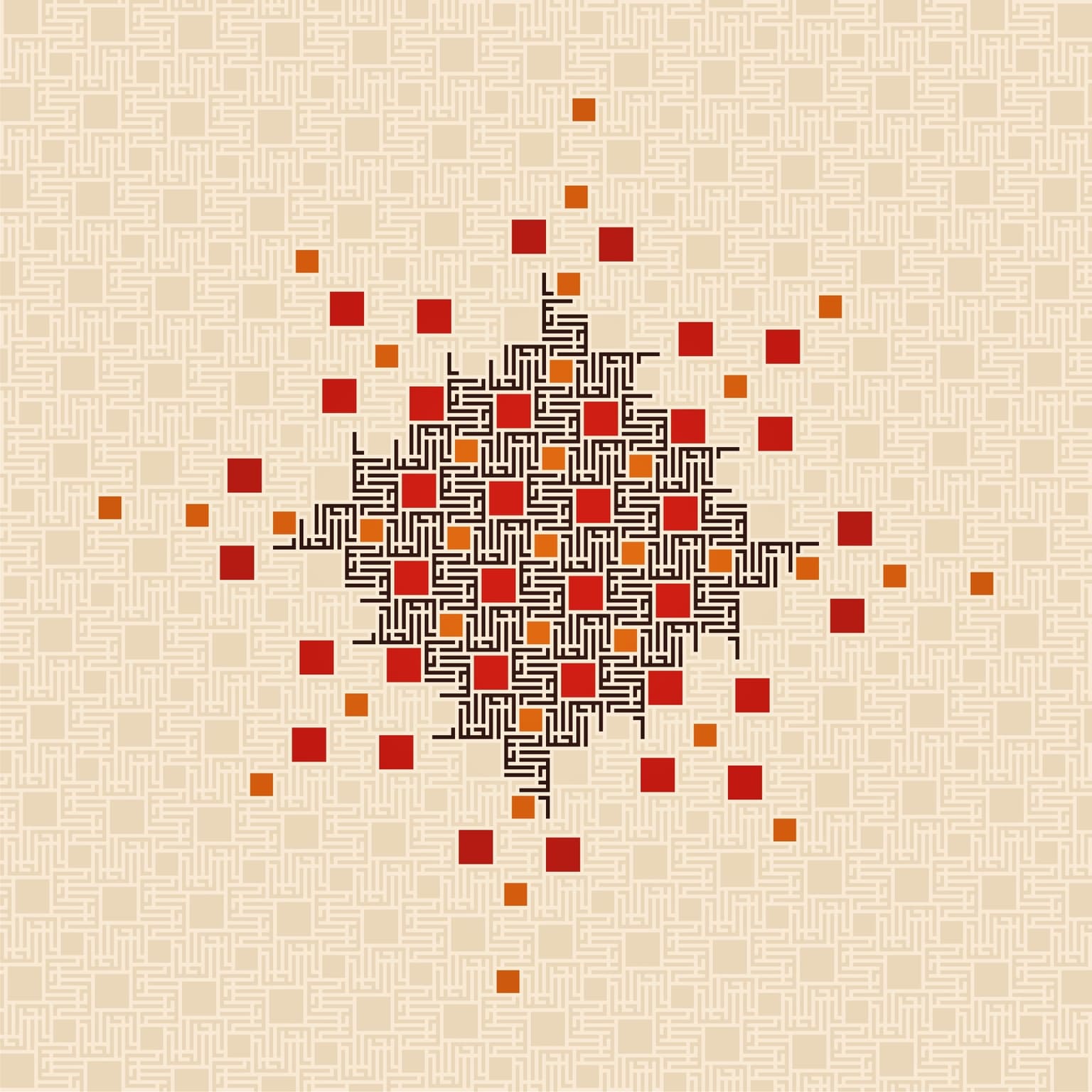Shakil Akram Khan
Artists
Shakil Akram Khan
Artist
Toronto, Canada
Statement
Shakil Akram Khan is a self-taught Canadian engineer turned artist creating modern Islamic geometric art based on tessellations of square kufic calligraphy.His art is inspired by the tessellations of M.C. Escher who in turn was inspired by the geometrical Islamic tiling in Spain. In his work Khan has ingeniously replaced Escher's concept of tiling based on animal forms with Islamic calligraphy. The major themes of Khan's artwork work is based on the search for spiritual peace, the human struggle for unity and fraternity, and the universal attraction to geometric systems and . He is based in Toronto, Canada.
Artworks

God and Ulam
60 x 40 cm
digital print over canvas
2014

White Snowflake - Al Jabbaar, The Irresistible (Islamic calligraphic tessellation)
60 x 60 cm
digital print over canvas
2015

Red Star - Al Jabbaar, The Irresistible (Islamic calligraphic tessellation)
60 x 60 cm
digital print over canvas
2015